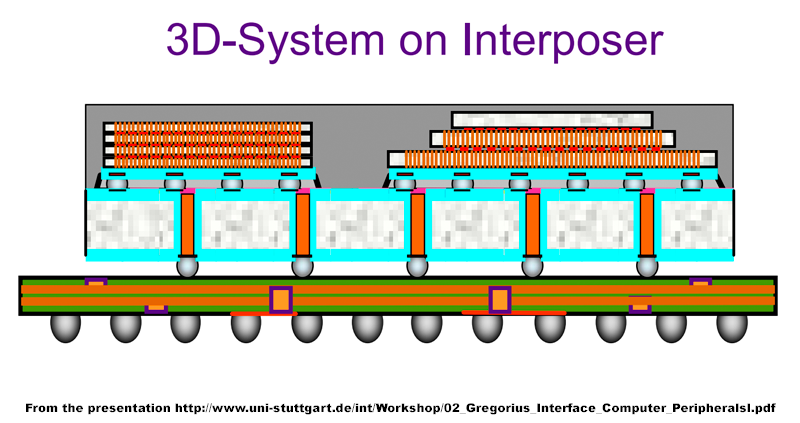Jawed
Legend
Mmm tasty:
http://www.eetimes.com/news/design/showArticle.jhtml?articleID=222700422
http://www.eetimes.com/news/design/showArticle.jhtml?articleID=222700422
A researcher from Keio University in Japan showed a way to put an entire solid-state disk in the footprint of a single chip in an evening talk at the International Solid State Circuits Conference (ISSCC) here.
Keio researchers used inductive coupling to link a stack of 128 NAND flash die and a controller.[...]
As many as three papers at this year's ISSCC will show advances in inductive coupling, said Tadahiro Kuroda, a professor at Keio University. The solid-state drive in a chip-sized package uses inductive coupling to provide 2 Gbits/second throughput so that a single controller can talk to any of the flash chips in the 128-chip stack.
Another ISSCC paper will show inductive coupling to link a processor to its memory using one-thirtieth the power and a third the die area of a DDR connection, Kuroda said. Another ISSCC paper discusses using the wireless technique to create a memory card that is more secure than a conventional plug-in SD card, he said.
Inductive coupling compares favorably with through silicon vias in cost, reliability and energy dissipation, he said. Such interfaces typically cost 20 cents per chip less than through silicon vias, he added.

